On Tuesday, November 27, I am moderating an eclectic panel of founders who will share lessons learned on taking the startup leap. Bring your questions.
The Startup Leap: Founders’ Lessons Learned at Lean Culture Tue-Nov-27
 Three founders will share their entrepreneurial journey and lessons learned. Learn what inspire them to take the LEAP and what’s really involved. The startup founders range from serial entrepreneurs to first-time CEOs. They will share their vision, drive and passion as they discuss the nuts and bolts of following their dreams to building something that will change the world.
Three founders will share their entrepreneurial journey and lessons learned. Learn what inspire them to take the LEAP and what’s really involved. The startup founders range from serial entrepreneurs to first-time CEOs. They will share their vision, drive and passion as they discuss the nuts and bolts of following their dreams to building something that will change the world.
Panel
- Walt DuFlock, Managing Partner at SVG THRIVE
- Nishant Aggarwal, CEO BlueWander
- Brandon Napoli, Founder Sacred Space
- Moderator: Sean Murphy, SKMurphy, Inc.
When and Where
- When: Tue-Nov-27 7-9pm
- Where: Sacred Space Coworking 2490 Middlefield Road · Palo Alto
- Cost: No Charge
- Bonus: no cost coworking included Noon to 7pm at Sacred Space
- RSVP https://www.meetup.com/lean-culture/events/254894177/
Details
Walt Duflock is Managing Partner at SVG/THRIVE focused on identifying, investing in, and helping to scale AgTech startups that are solving some of agriculture’s most challenging problems. The THRIVE platform includes an AgTech Accelerator, an investment fund, a corporate innovation program, and leading agriculture companies including Driscoll’s Berries, Taylor Foods, and Wilbur Ellis. Walt has over 30 years of operating experience on a family ranch in Monterey County with vineyards, row crops, and cattle, as well as 25 years of Silicon Valley startup experience including eBay.
THRIVE Accelerator is a Mentorship & Investment program for startups with technologies focused in AgTech and FoodTech. THRIVE V is our 5th Accelerator cohort, and applications are currently open through October 31, 2018. Ten startups will get selected to participate in a 6-month program to help them accelerate growth with mentors, education, strategy, and fundraising activity. Learn more about the THRIVE Accelerator here at http://thriveagtech.com/thrive-seed-accelerator/ and apply for THRIVE V at http://thriveagtech.com/thrive-accelerator-application
Nishant Aggarwal, is an explorer, entrepreneur, and a realist optimist. He has an engineering management degree from Dartmouth College. He comes from a product management and consulting background. He has advised Fortune 500 companies in tech, financial services, and energy sectors on their information technology, cyber security, and business strategies. He hails from New Delhi, India where he had his first entrepreneurial experience as founding team member of an EdTech startup that did AI-driven personalized learning plans for K-12 students. He likes to disrupt difficult markets and is currently working on a venture that combines two of his passions, travel and technology.
BlueWander is a SaaS-enabled marketplace for bespoke luxury travel. The marketplace helps travel agencies grow their business by connecting with customers and trip workflow management SaaS platform helps them enhance productivity and customer experience. BlueWander is on a mission to disrupt the $200 Billion bespoke luxury travel market by making expert knowledge and extraordinary experiences more accessible to the right audience, and bespoke travel planning easy, fun, and experiential.
Brandon Napoli is the founder of Sacred Space – a company that converts underutilized space in places of worship for coworking. He is a resident of The Possibility Project- a program focused on re-imaging the local church. He teaches businesses classes at College of San Mateo and Chabot. He has over a decade of experience managing micro finance departments and represented the US Micro Finance industry in 2015 when he testified to the US House of Representatives. Currently, he is focused on scaling Sacred Space as well as co-authoring the sequel to the book Edison Churches.
Sacred Space: Creating time, relationships, and purpose to flourish. Sacred Space is a community space for our neighbors. All are welcomed. We focus on woman, impact entrepreneurs, artists, students, and transitional workers. Our space provides business and educational services, day care, and spiritual formation for productivity, hospitality, and creativity. Focus on your passion, while feeling grounded and connecting with a community of like-minded individuals.
Sean Murphy has taken an entrepreneurial approach to life since he could drive. His firm, SKMurphy, Inc., helps early stage startups and consultants market and sell their products and services. His clients have offerings in electronic design, artificial intelligence, web-enabled collaboration, proteomics, text analytics, legal services automation, and medical services workflow. Prior to founding SKMurphy,Inc. in 2003, Mr. Murphy has worked in a variety of roles for more than two decades: software engineer, engineering manager, project manager, business development, product marketing, and customer support. Companies he has worked directly for include Cisco Systems, 3Com, AMD, MMC Networks, and VLSI Technology. He has a BS in Mathematical Sciences and an MS in Engineering-Economic Systems from Stanford.
Update Wed-Nov-28-2018: Panelists’ Prepared Remarks
I asked each of the panelists to prepare a short list of lessons learned that they could offer in a 6-8 minute briefing, we spoke without slides in a lively and interactive conversation with the audience. Here are the texts of prepared remarks that we provided as a handout to Lean Culture members.
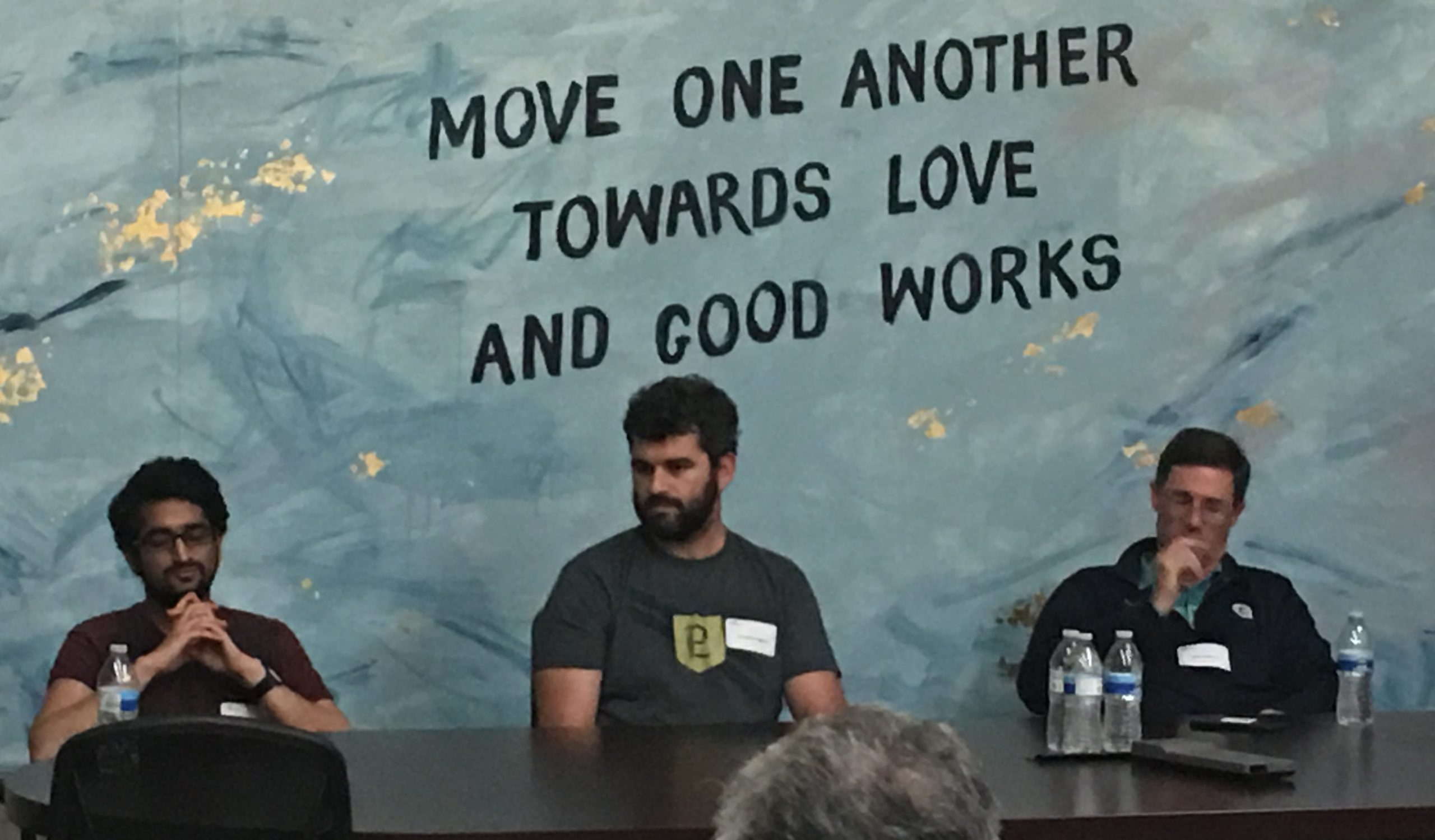

Walt Duflock


- What problem are you solving? Figure out as many details as you can about the problem you want to solve – who is the user, what do they need and what do they want, what are they using now, and what does it cost them (time and money)? Spend more time than you think you should on this step – don’t race to build product.
- Start building – and build only an MVP (nothing more). Figure out the least amount of product you can develop that delivers value, then build that – everything else waits. Build that as fast as you can, and get customer feedback on it – lots of feedback.
- Do whatever you have to do to get the first paying customer – over service them, give them direct access to engineers, do things that don’t scale – the first paying customer is by far the hardest.
- While building, learn who the key influencers are and figure out how they play in your GTM. Do you need a direct sales team, a channel team, or a hybrid?
- Spend very little on sales until you actually have a repeatable process – then raise and scale as quickly as you can to keep all the copycats from catching up.
- The Lean Canvas is a very useful tool for developing a succinct model for your startup. I use it with all of the teams I advise to make sure that everyone has thought things through and is on the same page.
Brandon Napoli
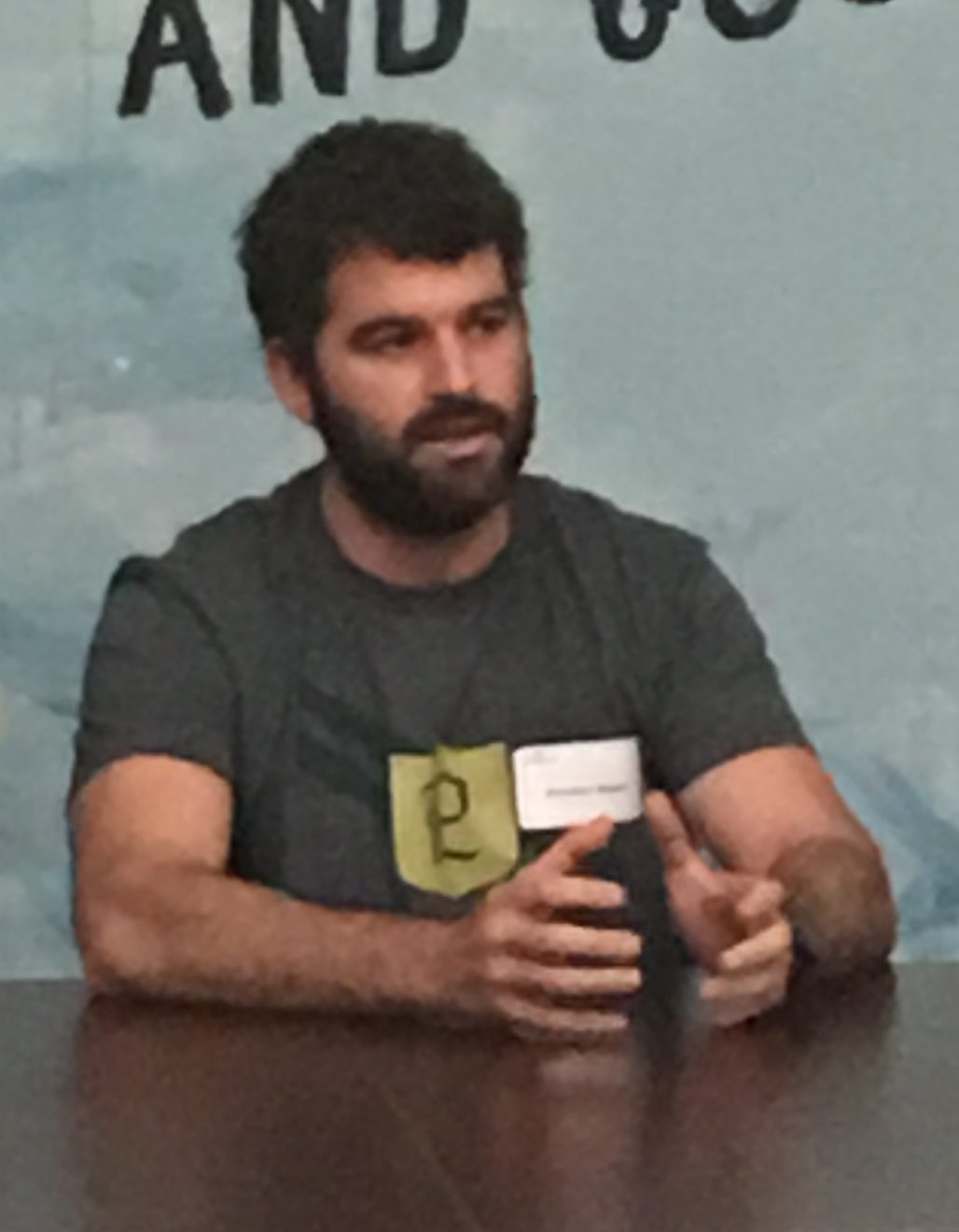

- Know your values are and being honest about your needs with potential partners. Startups create conflicts. Which is necessary for disruption. What isn’t is when they center around differences in values and not being upfront about your needs. Both conversations should happen as soon as possible with potential partners.
- Have a niche and be extraordinary at servicing it. “Even when the startup [program] launches, it will sound plausible to a lot of people. They don’t want to use it themselves, at least not right now, but they could imagine other people wanting it. Sum that reaction across the entire population, and you have zero users…When a startup [program] launches, there have to be at least some users who really need what they’re making—not just people who could see themselves using it one day, but who want it urgently.” – Paul Graham
- Integrate before you replicate with technology. I prefer proprietary IT but now see a good way to get there is through using another software platform, figuring out what is the 20% I use 80% of the time, and then connecting with a tech person who will build it out for close to cost. In the long run, this could save on ongoing fees for the subscription service.
- Treat people with the respect you would want to be treated with. This includes all those you come into contact with and giving them permission to speak into co-authoring new ideas. It also includes, board members who don’t get it and need to be given time to hopefully come along on their own will.
- Price according to the quality you can control. When starting up, it’s impossible to control every variable. When you start to charge a price, make sure you take into consideration what you can control with a certain level of quality and what you cant. With the right messaging, this can build in a certain level of sympathy from your users who will stay loyal even while slightly disappointed. Add a feedback loop and quick response time, and now you have them hooked again.
- Prototype like you are right, listen like you are wrong. It’s been a hard balance between determination and humility. If I would have listened to what others said, I would have quit a long time ago. Instead, when I am doing my best work, I take it into consideration a majority of opinions, seek other opinions that may validate them or not, and continue to iterate.
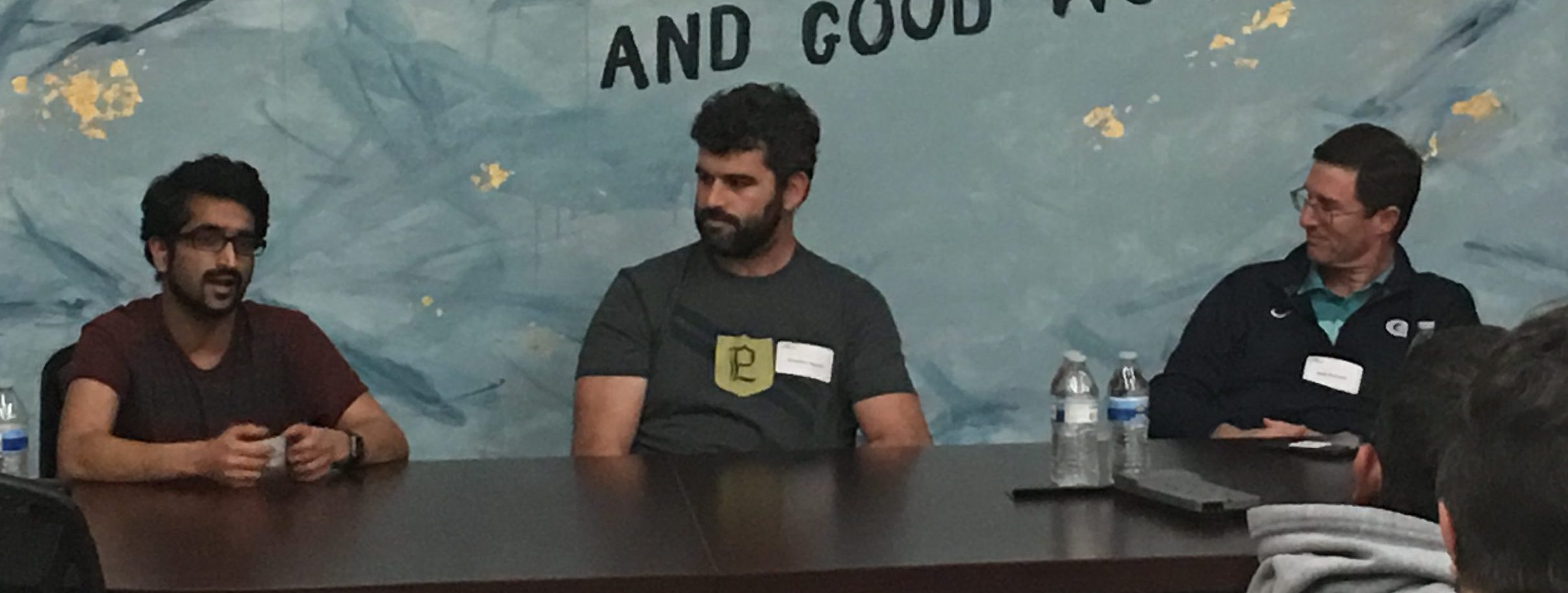

Nishant Aggarwal


- Dream big but start small (pick a focus / niche): I am a big advocate of big picture thinking, the big vision – how does the world look before and after your product. But what a lot of entrepreneurs don’t realize is the importance of picking a(or a couple) niche(s) that is(are) relatively easy to nail down first to prove yourself and then think about expanding by repeating the things that worked (with some tweaks).
- Don’t just think ahead, plan ahead: It is one thing to have a big vision and a totally different thing to have reasonable clarity as to how you can get there. Most ideas are great, it is the execution where majority of failures happen.
- Network, network, and network: It is not about being a hard worker, it is about being a smart worker. One needs to figure out the right people, networks, and groups that can help you skip steps and multiply the output of your hustle. This might be more applicable to first time entrepreneurs or if you one is venturing into a new industry.
- Go to product strategy: As a founder you are never going to be happy with your product and might end up spending too much time building something before actually knowing that you are building something meaningful. Rather one should have a phased MVP approach as a “go to product strategy” with strong focus on testing and data collection.
- Fail small, learn fast, improve fast: Failing is the best way to learn. The question “how can I minimize chances of failure” should be thought of more as “how can I minimize the impact of failure” so you can move faster.
- Hire fast, fire fast: “Hire slow, fire fast” does not really work for startups. It is about getting things done more than over-analyzing things. The mantra should be “hire fast, fire fast”; obviously does not mean that you hire anyone and everyone you interview.
- Prioritize work-life balance: You’ll always want more than 24 hours in a day and want to sacrifice a healthy lifestyle in order to get things done. That kind of thing is not sustainable. You can actually be more productive if you maintain a good balance.
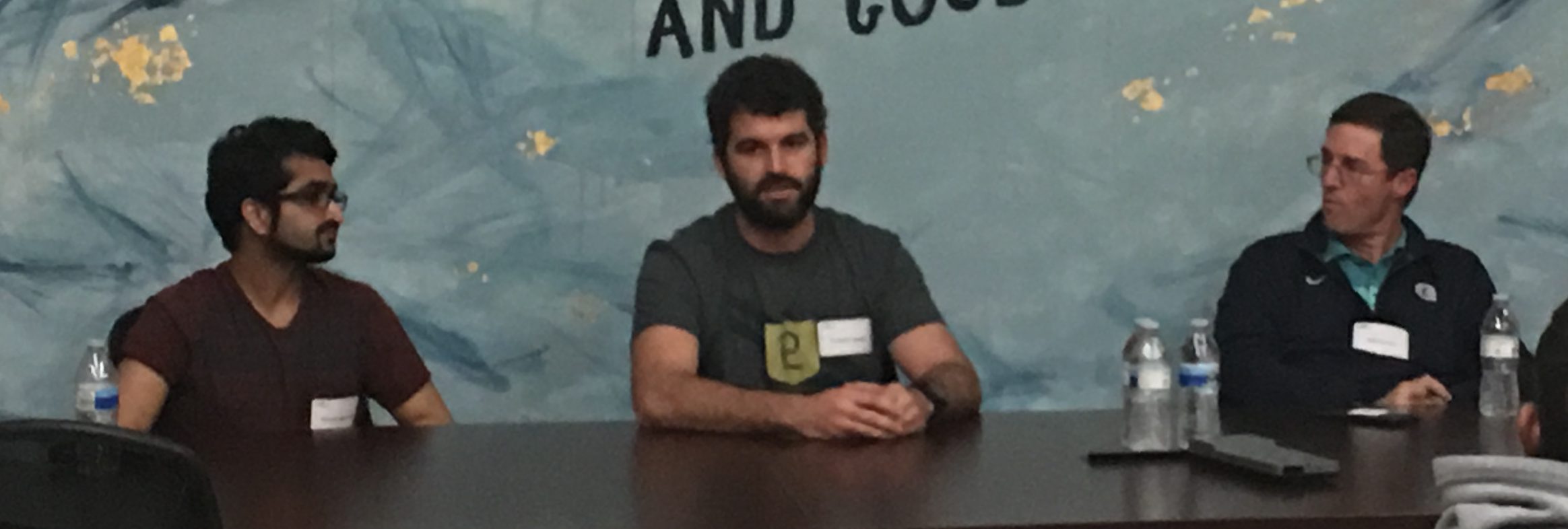

Sean Murphy
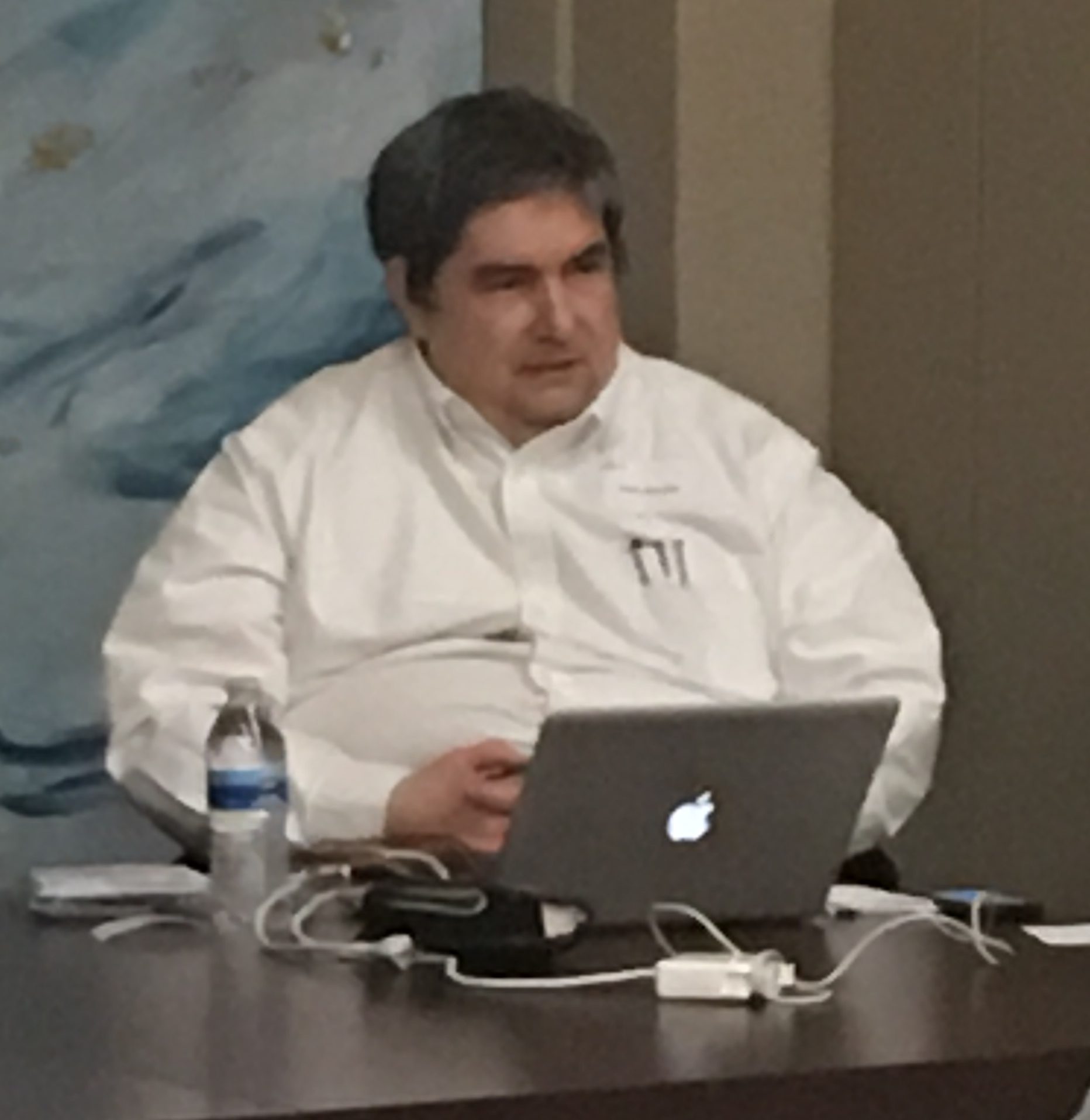

- Focus on providing value. Clearly define your criteria for what constitutes a prospect that you can help and crisp diagnostic questions that allow for a quick determination of whether you can help. Entrepreneurs offer value; it’s quid pro quo not win/lose or zero-sum thinking that allows you and your customers to prosper
- Successful teams forms when cofounders connect on shared values to leverage distinct strengths. Shared expertise and team morale are the key assets you start with.
- Sell what you have. Initially this may be by offering consulting based on your technology. Content marketing solves the same problem that your offering ultimately will and can be used to gauge interest and attract prospects. Sell the simplest product that provides value as a part of a phased engagement model.
- Cut the time to benefit of your offering. Focus less on increasing the amount of benefit and more on being able to deliver some benefit rapidly. Less than five days is good, less than two hours is better.
- Data is always useful but rarely is enough available: you have to proceed uncertainly, relying on intuition as a full and frank exchange of views with your team, your customers, and your advisors. If you have a conversation that surprises you, makes you think, or even makes you question you plan it just means that you learned something.
- Customer conversations are a critical source of value, not a cost to be minimized. Analytics that monitor customer behavior can be helpful but don’t practice veterinary marketing, don’t act as if your customers lack the power of speech.
- Define your “stopping rule” in advance. Define what constitutes failure, acceptable success, and unexpected success. Take a scientific or experimental approach to new initiatives by formally stating your hypothesis, expected range of outcomes, and a budget in people time, calendar time, and dollars.
Related Blog Posts
- IEEE-CNSV Panel Explores Engineering in Japan vs Silicon Valley Mon-Mar-3
- Recap of SVCC2013 Working For Equity Panel
- Recap of Working For Equity CEO Panel at SVCC 2012
- Slides from Working for Equity Panel at SVCC 2011
